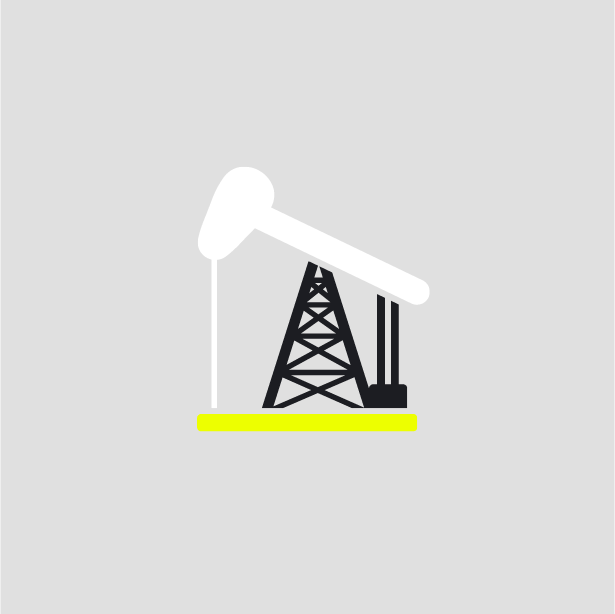-
What happened?
A supervisor requested a telehandler forklift operator to remove an air preparation unit in response to a cyclone tie-down notification.
A requirement of entering the work area was that a gas test must be performed.
The supervisor made his way to the entrance gate to meet the telehandler.
The supervisor was met by a worker who offered to perform the gas test.
The worker escorted the telehandler forklift operator into the commissioning area for the test.
The telehandler`s front wheel made contact with the worker’s right foot – resulting in a serious injury.

-
Why did it happen?
The only communication between the telehandler operator and the worker was hand gestures.
The worker was not trained in spotting.
Neither the operator or the worker followed correct procedure to ensure enough distance was between the worker and the telehandler.
Personnel did not recognise a change in job scope and did not review the job hazard analysis.

-
What did they learn?
All workers should be adequately trained on risk assessment, management of change and undertaking their tasks.
Supervisors should :
- ensure the job hazard analysis (JHA) is amended if there is a change in task.
- communicate the changes to the workers involved.

-
Ask yourself or your crew
What would you have done differently in this situation?
What is the distance you should keep when working close to heavy machinery? How do you know this?
What is your current communication procedure on site? How could this be improved?
How do you know your fellow workers are competent to do their jobs?

Add to homescreen
Content name
Select existing category:
Content name
New collection
Edit collection
What happened?
A supervisor requested a telehandler forklift operator to remove an air preparation unit in response to a cyclone tie-down notification.
A requirement of entering the work area was that a gas test must be performed.
The supervisor made his way to the entrance gate to meet the telehandler.
The supervisor was met by a worker who offered to perform the gas test.
The worker escorted the telehandler forklift operator into the commissioning area for the test.
The telehandler`s front wheel made contact with the worker’s right foot – resulting in a serious injury.
Why did it happen?
The only communication between the telehandler operator and the worker was hand gestures.
The worker was not trained in spotting.
Neither the operator or the worker followed correct procedure to ensure enough distance was between the worker and the telehandler.
Personnel did not recognise a change in job scope and did not review the job hazard analysis.
What did they learn?
All workers should be adequately trained on risk assessment, management of change and undertaking their tasks.
Supervisors should :
- ensure the job hazard analysis (JHA) is amended if there is a change in task.
- communicate the changes to the workers involved.
Ask yourself or your crew
What would you have done differently in this situation?
What is the distance you should keep when working close to heavy machinery? How do you know this?
What is your current communication procedure on site? How could this be improved?
How do you know your fellow workers are competent to do their jobs?
A telehandler forklift was being directed to an area for gas testing before entering a work area. The telehandler`s front wheel made contact with the worker’s right foot – resulting in a serious injury.












